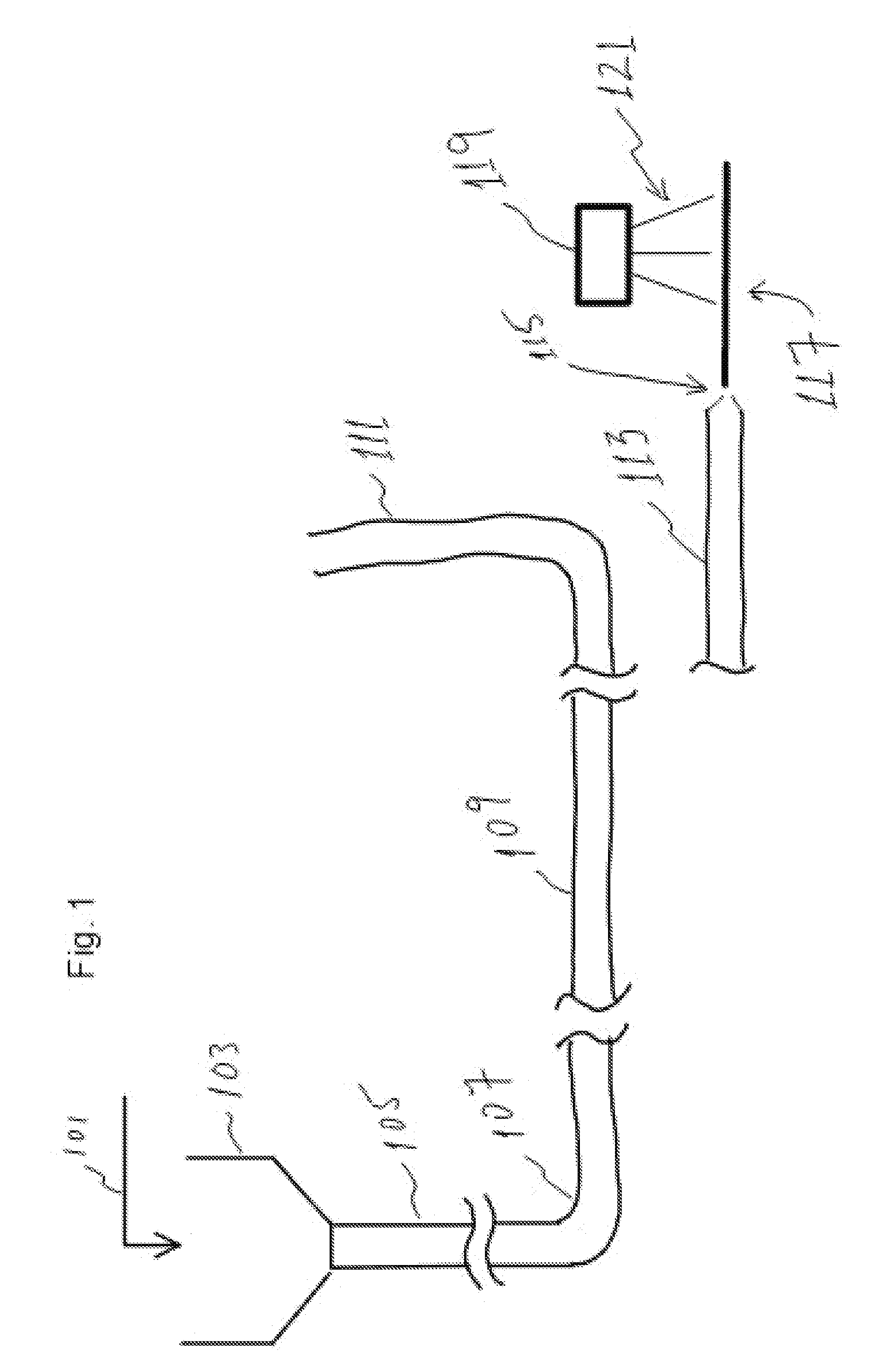Recycled food processing, products therefrom, and devices useful therein
a technology applied in the field of food processing and products from recycled sources, can solve the problems of slowing down the growth of the population, and the process cannot tolerate much protein, so as to reduce the risk of food safety
- Summary
- Abstract
- Description
- Claims
- Application Information
AI Technical Summary
Benefits of technology
Problems solved by technology
Method used
Image
Examples
examples
[0053]About one pound by weight of freeze-dried mealworms (T. molitor larvae), obtained commercially, were pulsed in a home food processor (Black & Decker brand) to obtain a relatively fine material. About three times the processed worm volume of water was added, along with the worms, and a soup bone (obtained from Giant brand supermarket) was added to a home pressure cooker and maintained at operating pressure for about 20 min. After cooling, solids of about four fluid ounces were removed, and liquid was added to just cover the solids. About one-quarter teaspoon of psyllium husk (CVS brand) was admixed and allowed to gel (about 15 min.). The mixture was cooked on a cookie sheet on an outdoor gas grill to produce a sort of frangible pancake. Portions of the frangible pancake were fed to a dog (domestic; Goldendoodle) and two cats (domestic; DSH). A separate batch made prior thereto, using the same process and ingredients, but without the soup bone as flavoring, was spontaneously eat...
PUM
 Login to View More
Login to View More Abstract
Description
Claims
Application Information
 Login to View More
Login to View More - R&D
- Intellectual Property
- Life Sciences
- Materials
- Tech Scout
- Unparalleled Data Quality
- Higher Quality Content
- 60% Fewer Hallucinations
Browse by: Latest US Patents, China's latest patents, Technical Efficacy Thesaurus, Application Domain, Technology Topic, Popular Technical Reports.
© 2025 PatSnap. All rights reserved.Legal|Privacy policy|Modern Slavery Act Transparency Statement|Sitemap|About US| Contact US: help@patsnap.com

